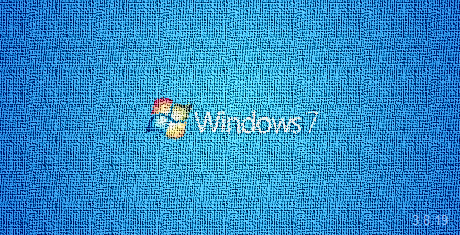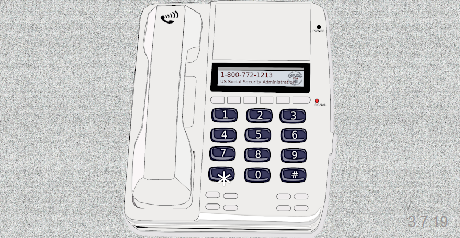|
The number of Android users attacked by banking malware saw an alarming 300% increase in 2018, with 1.8 million of them being impacted by at least one such attack during the last year. While in 2016 the overall number of attacked users was of 786,325 and during 2017 it dropped to 515,816, in April 2018 the number of attacks went on a severely increasing trend. The growth in the number of incidents reached the highest values during June and September, the year ending with an astounding 1,799,891 of users having been hit by at least one Android banking malware family. Out of the total number of Android users affected by financial malware, the highest percentage was found in Russia, South Africa, and the United States, while 85% of the attacks were conducted by bad actors using only three banking malware families. According to Kaspersky Lab's "Financial Cyber threats in 2018" report, "Asacub peaked more than twice to almost 60%, followed by Agent(14.28%) and Svpeng (13.31%). All three of them experienced explosive growth in 2018, especially Asacub as it peaked from 146,532 attacked users in 2017 to 1,125,258. While Asacub was also the top dog in the Android banking malware rankings in 2017, during 2018 this Android malware family was behind 58% of all detected attacks, more than doubling its "market share." For the full scope of this banking malware problem visit OUR FORUM. Google recommends users of Windows 7 to give it up and move to Microsoft’s latest operating system if they want to keep systems safe from a zero-day vulnerability exploited in the wild. The security bug affects Windows win32k.sys kernel driver and leads to privilege escalation on Windows 7. Google saw the Windows vulnerability in targeted attacks, chained with a zero-day vulnerability (CVE-2019-5786) in Chrome browser that received a patch on March 1 with the release of version 72.0.3626.121. The kernel driver vulnerability could also serve for sandbox escaping when chained with other browser security faults, so Windows users could still be impacted even if they applied correctly the most recent update for Google Chrome. Exploitation of the vulnerability in the wild targeted Windows 7 systems. Google believes that this is the only version of the OS where it works because the exploit mitigations Microsoft introduced in the newer versions of OS, Windows 10 in particular, would prevent it. If you still run an older version of Windows, the recommendation is to upgrade to Windows 10 and keep it updated with the newest patches. “The vulnerability is a NULL pointer dereference in win32k!MNGetpItemFromIndex when NtUserMNDragOver() system call is called under specific circumstances,” writes Clement Lecigne, member of Google’s Threat Analysis Group. Further details are posted on OUR FORUM. Scammers pretending to be employees of the Social Security Administrations have caused last year losses of at least $16.6 million. Reports of the SSA scam have skyrocketed last year, records from the US Federal Trade Commission showing that there were over 63,000 reports of this particular fraud since January 2018. This is almost 20 times more than the reports recorded in 2017 when 3,200 people called about the SSA voice phishing (vishing). That year, the money losses were close to $210,000. Even if the latest official statistics are worrying, the actual numbers are likely higher because not all the victims register a complaint. Fraudsters come up with all sorts of reasons to elicit information from the victims or make them lose money. The purpose of the scam is to get the victim to send money through non-conventional methods or to obtain sufficient information that could be used for identity theft or applying for loans. There are multiple variations of the SSA phone fraud, but they all have some things in common. Pretending to be an SSA employee, the scammer at the other end of the line explains that the call was prompted by suspicions of crime-related activities or that someone used it to apply for credit cards. The deceit is further fueled by the fact that swindlers spoof the number of the SSA to make it look like the call is legitimate. Learn more by visiting OUR FORUM. |
Latest Articles
|


